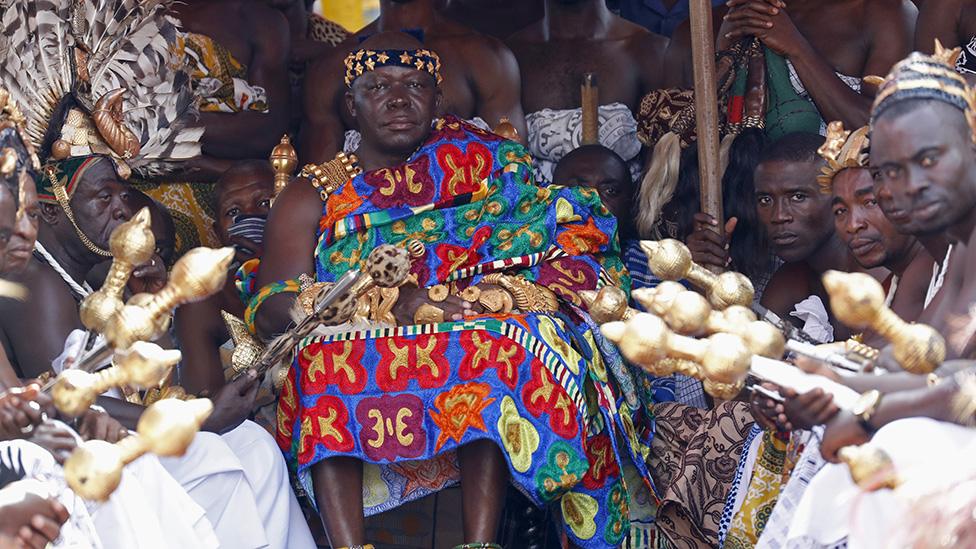What we know about the British Museum thefts so far
- Published
Watch: The British Museum's missing-items scandal in 91 seconds
The British Museum has come under pressure after it sacked a member of staff over around 2,000 treasures reported "missing, stolen or damaged".
The discovery at the museum, one of the nation's biggest cultural institutions, has led to the departure of its director and raised serious questions about its security and record keeping.
Police are investigating the theft of items including gold, jewellery and gems of semi-precious stones.
Here's what we know about what has happened so far, as well as a look back at some other big thefts.
What happened?
The missing treasures scandal began on 16 August, when the British Museum released a statement confirming it had identified objects missing from its collection.
Former chancellor George Osborne, who has been chair of the British Museum since June 2021, confirmed to the BBC on 26 August that "around 2,000" objects were missing.
The museum has not disclosed further details. The BBC understands that Scotland Yard has asked the museum not to for now.
It is understood the missing items were taken before this year and over a "significant" period of time. Some of them ended up on eBay, being sold for considerably less than their actual estimated value.
None of the treasures, which dated from the 15th Century BC to the 19th Century AD, had recently been on display and had been kept primarily for academic and research purposes, the museum said. The majority of them were kept in a storeroom.
How the fallout has unfolded
Senior figures at the museum came under pressure after it emerged that concerns were first raised about missing items in 2021 and an investigation did not uncover any problems.
Antiques dealer Ittai Gradel revealed he went to museum bosses after becoming suspicious about an object he found for sale online.
He said that he was told "all objects were accounted for" in 2021 by Hartwig Fischer, the museum's director.
Mr Fischer responded to Mr Gradel's public account in August 2023 by criticising him.
The director resigned on 25 August, saying the museum "did not respond as comprehensively as it should have" in 2021, and apologised for his remarks about Mr Gradel.
On 26 August, Mr Osborne accepted that the British Museum's reputation had been damaged, but said some of the objects have started to be recovered.
He told the BBC: "We believe we have been the victim of thefts over a long period of time and frankly more could have been done to prevent them."
The perpetrator
Legal action is being taken against the staff member who was sacked, added the museum, which has started its own independent review of security.
However, the sacked member of staff has not been identified as the suspected thief.
London's Metropolitan Police have been investigating since the beginning of this year but requested the case should not be revealed to the public while it carried out its inquiry.
No arrests have been made as yet.
BBC News has not been able to independently verify the identity of former employee involved. We have contacted the museum and the police but neither have confirmed their identity, or said exactly why they were sacked, how the items went missing or what they were.
Other thefts at the British Museum
Among the treasures that have previously gone missing from the British Museum are a Cartier ring worth £750,000 and a 12cm marble head.
During the 1970s, the museum said a number of historic coins and medals were stolen.
In 1993, Roman coins and jewellery worth £250,000 were taken after thieves broke in via the roof.
In 2002, the museum reviewed security after a 2,500-year-old Greek statue, believed to be worth around £25,000 was stolen by a member of the public.
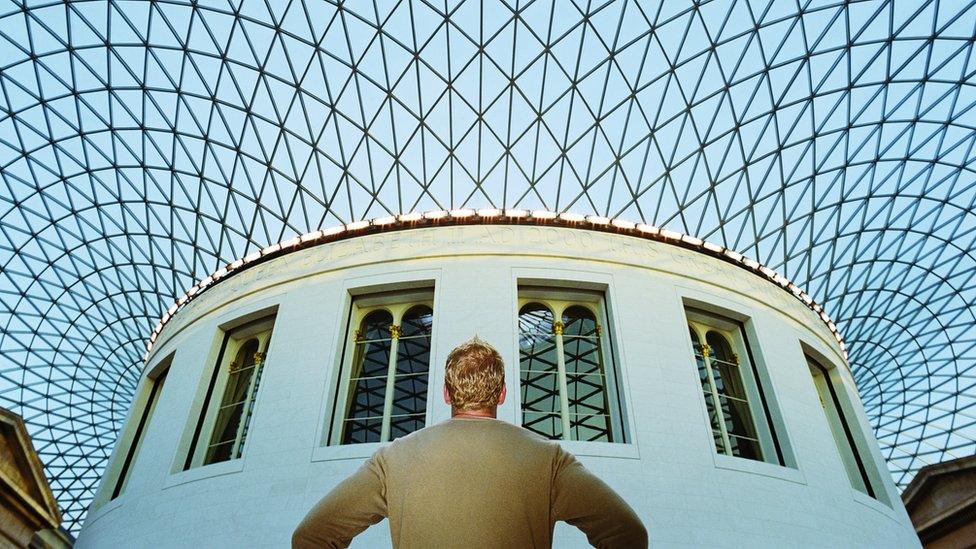
The British Museum welcomes millions of visitors each year from all around the world
The marble head was taken from the Greek Archaic Gallery which had been open to the public without a permanent guard on duty.
In 2004, it was reported that 15 "historically important" Chinese artefacts - including jewels, ornate hairpins and fingernail guards - had been taken by a member of the public.
In 2017, it was revealed that an expensive Cartier diamond had actually been missing since 2011.
Contested artefacts
The British Museum has been under increasing pressure itself in recent years to return items in its collection to their countries of origin.
The demands by Greece for the return of the Parthenon Sculptures, often still known as the Elgin Marbles, are the most high profile example in this contested debate.
They were removed by the diplomat and soldier Lord Elgin in the 19th Century and later bought by the British government and placed in the British Museum.
In March, the Vatican returned three fragments of Athens' Parthenon temple it had kept for centuries.
The current scandal has led to renewed calls in Greece for the return of the Parthenon Sculptures.
The thefts from the British Museum have been high on the news agenda in Greece and the Greek culture minister told the BBC it raises questions about the safety and integrity of all the museum's exhibits.
Lina Mendoni said the incident "reinforces the permanent and fair demand of our country for the definitive return and reunification of the Sculptors in Athens, in the Acropolis Museum".
But chair of the British Museum all-party Parliamentary group, Tim Loughton MP, accused Greece of "blatant opportunism".
"This is a serious matter. Important treasures have gone missing from storage in the British Museum but it's not the heist of the Mona Lisa," he told BBC Culture editor Katie Razzall.
However, Geoffrey Robertson KC, a former advisor to the Greek government on the Parthenon Sculptures, described the situation as "embarrassing".
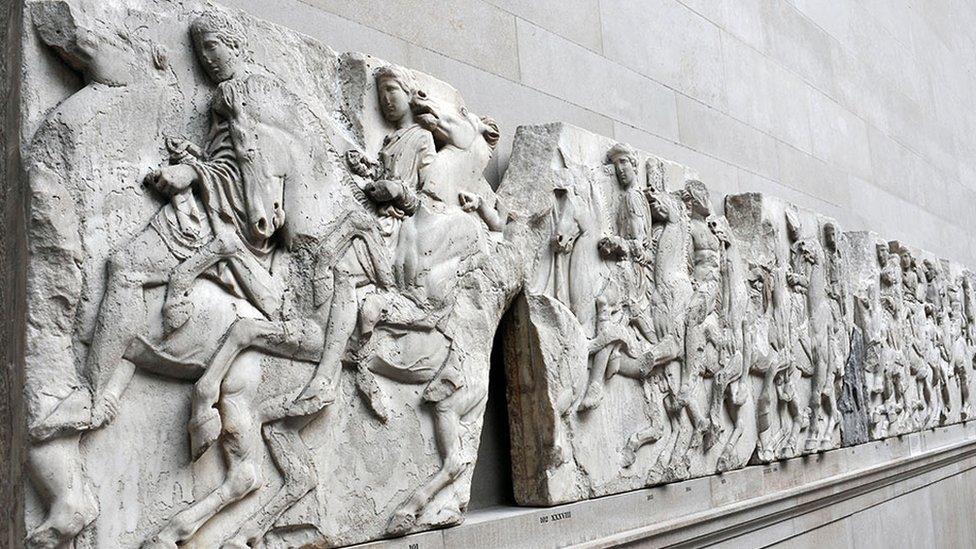
Parthenon Sculptures, which are originally from the temple of Athena in Greece, were brought to Britain by Lord Elgin
Restitution issues more commonly apply to countries which experienced colonial conflict.
Ethiopia wants the British Museum to return ceremonial crosses, weapons, jewellery, sacred altar tablets and other items taken from Maqdala in the north of the country during British military action in 1868.
The Nigerian government has also formally asked the museum to return 900 Benin Bronzes.
And ruler of Ghana's Asante people has pressed the museum to return gold items in its collection.
Elsewhere in May, Greece said it had recovered hundreds of looted artefacts, including a 2nd Century bronze statue of Alexander the Great.
The British Museum was established by an Act of Parliament in 1753 and is currently governed by the British Museum Act 1963.
Its principal regulator is the Department for Digital, Culture, Media & Sport (DCMS), which also sponsors it. A non-departmental public body, the museum operates at arm's length from government, but is accountable to parliament.

High-profile thefts elsewhere include:
The curious tale of the stolen books at London's Lambeth Palace library, including an early edition of Shakespeare's Henry IV Part 2
Rare books worth up to $50 million - written by the likes of Thomas More, John Milton, Immanuel Kant and Martin Luther - were stolen from the Danish Royal Library, external by an employee in the 1960s and 1970s
The robbery of the Mona Lisa from the Louvre in 1911 by handyman Vincenzo Peruggia
The theft of The Scream, stolen from the Munch Museum in 2004 but recovered two years later
The Isabella Stewart Gardner Museum in Boston had 13 works, worth a combined $500m (£392m), stolen in 1990. The case remains unsolved
A slick thief known as "Spider-Man" stole five masterpieces from a Paris museum in 2010
Impressionist masterpieces were taken from a Paris museum as the public looked on in 1985
The same year, amateurs took 124 beloved artefacts from a Mexican archaeological museum

Related topics
- Published22 August 2023
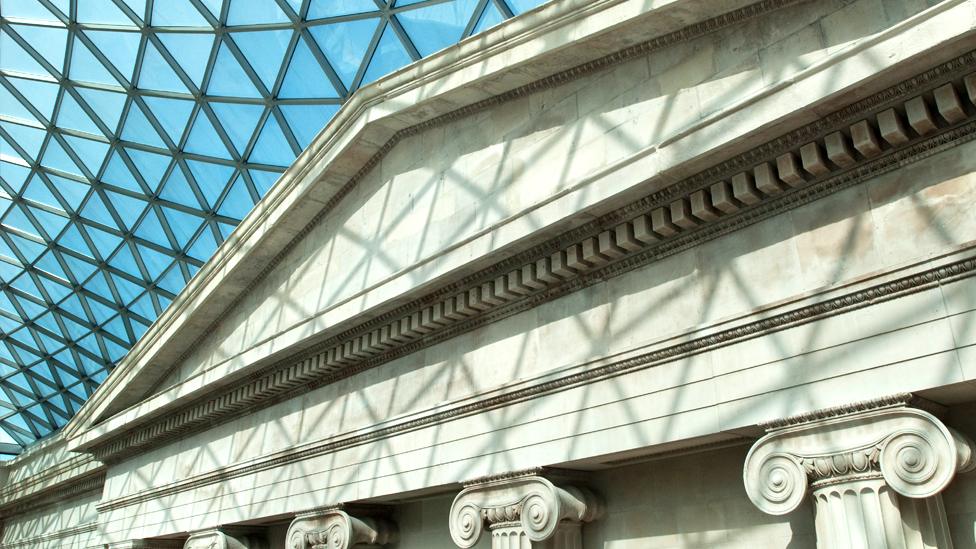
- Published20 August 2023
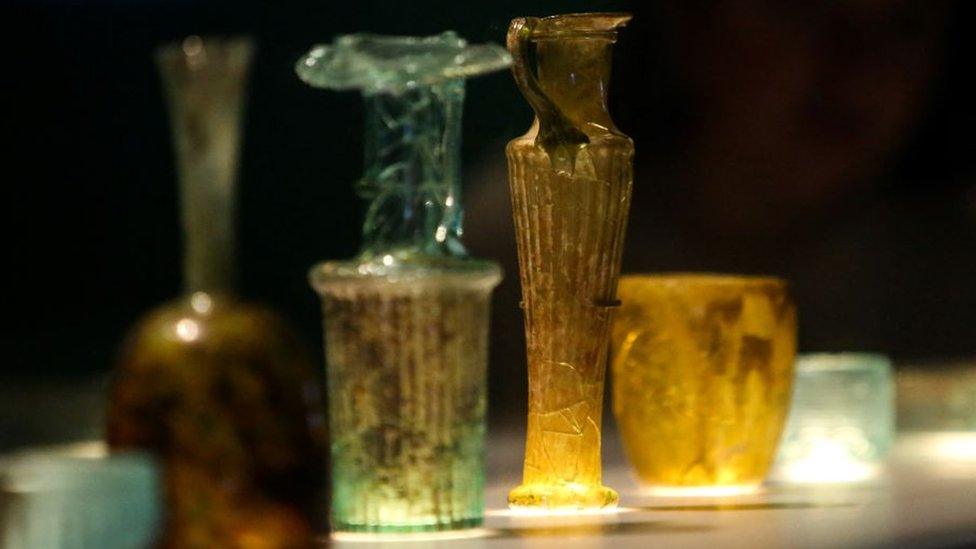
- Published16 August 2023
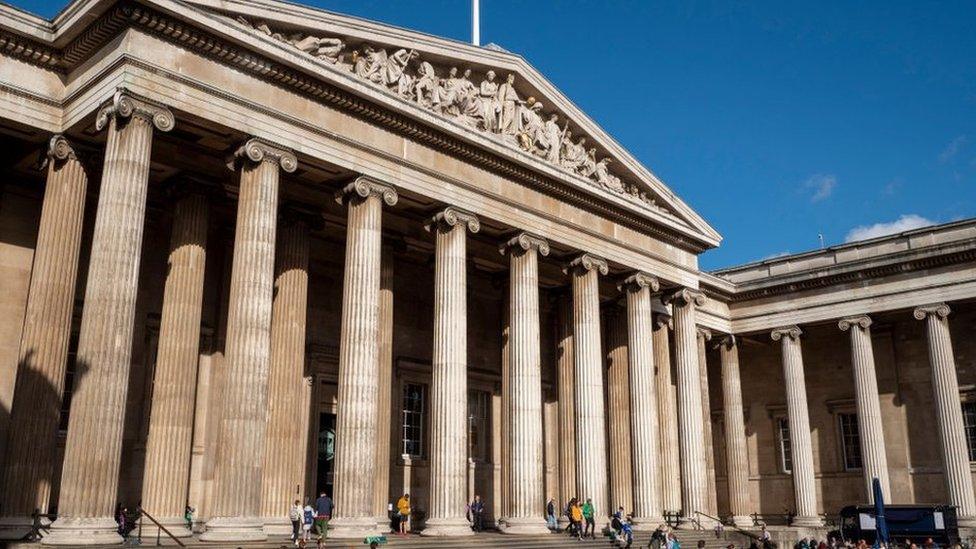
- Published15 August 2023

- Published21 July 2023
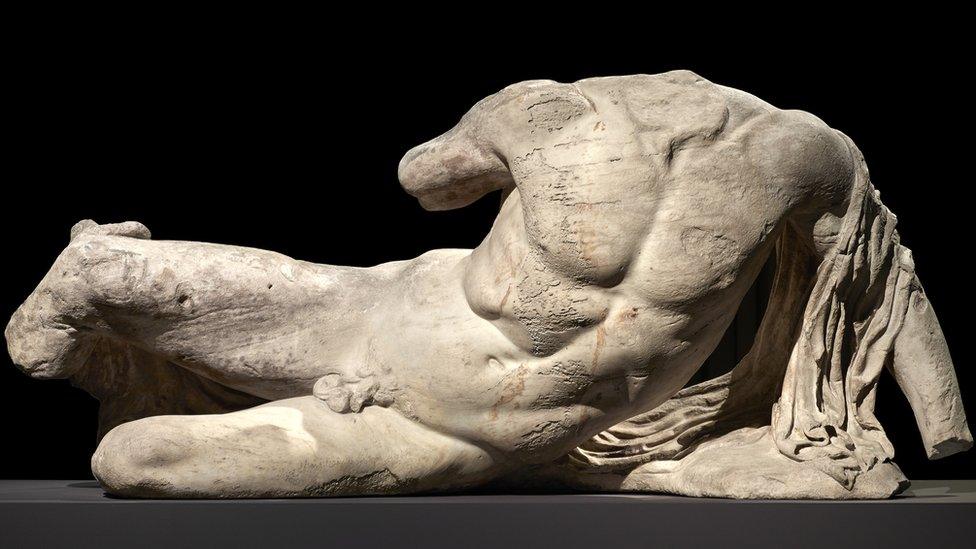
- Published20 May 2023
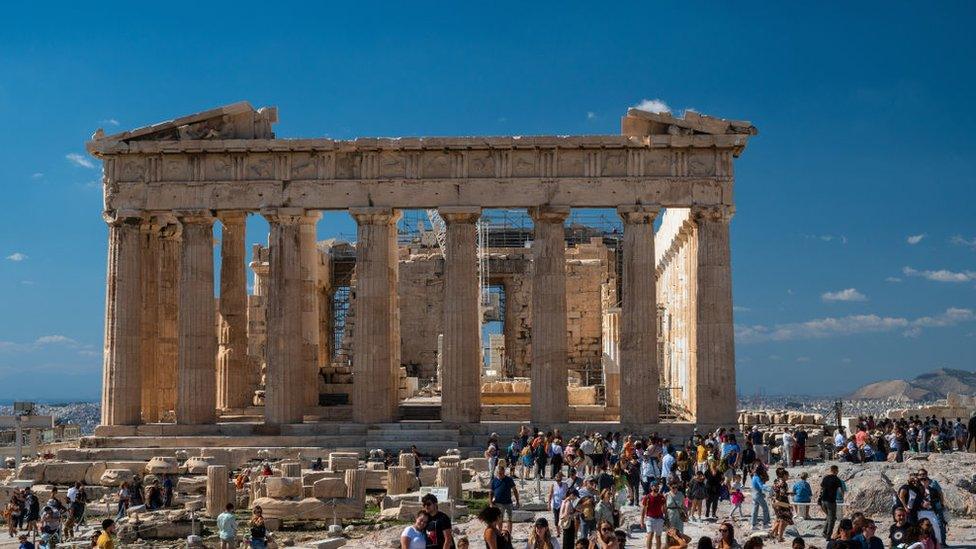
- Published16 May 2023
